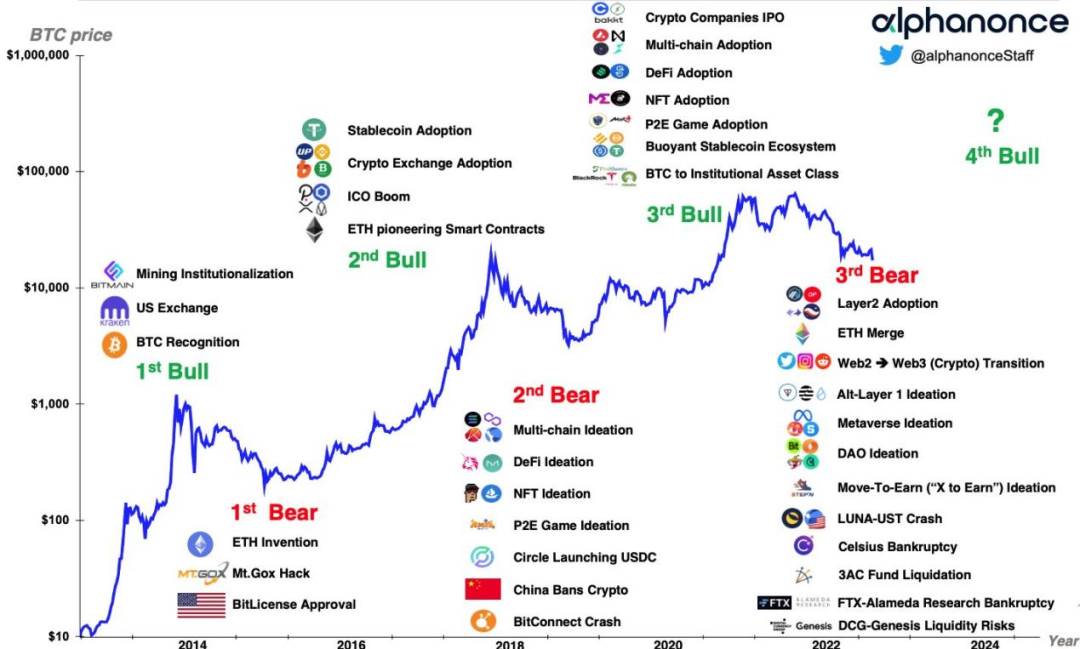Written by: Blockchain Knight
It has been 10 years since the birth of Ethereum. From the perspective of the financial market, this is undoubtedly a magnificent "class leap". After all, Ethereum has gone from the wilderness to the ETF track recognized by mainstream Wall Street institutions. But is this the end of Ethereum, or the ownership of Crypto assets? The fact may not be so .
At the EthCC event that ended not long ago, Blockworks member Mippo interviewed Ethereum founder Vitalik Buterin in a podcast, in which Vitalik said that the focus in the future will gradually shift from Layer 1 issues to issues closer to the application layer .
He also believes that what ultimately determines the success of Crypto assets is the actual application of technology, not the constant hype. As he sarcastically stated, "If the Crypto asset field is remembered as a group of dwindling idealists who keep shouting, or a group of people who trade digital monkeys and celebrity photos with each other, it will be a disappointing result."
Perhaps some Web3 practitioners have realized that this industry no longer needs just a target for "nonsense hype", but also needs wider applications to enter the public eye . This is why an ecosystem like Ton has suddenly become the focus of attention of various institutions and investors, because behind it are Web3 products that can be used by billions of users. Although it is still in its early stages, it already has a prototype.
Although the market is still full of various Layer 2 narratives, after experiencing various "ghost towns" and high market capitalizations, both institutions and ordinary participants are no longer sure that this story can succeed. After all, when Layer 1 is more than enough, who will care about Layer 2 ?
From the crazy emergence of ETH L2 in the first half of the year to the sudden mushrooming of BTC L2 now, the same story is still being played out, but behind these Layer2s are the repeated obstructions to the development of the ecosystem and the explosive number of users who only take advantage of airdrops, followed by stagnation.

When we think about the reasons why "high market value, low circulation" projects are not accepted now, in addition to the abandonment of funds, what is more important is that people can't find a reason to "hold". After all, why do projects with no actual value need such a high valuation? Apart from the pursuit of capital, there seems to be no reason to explain it . We can also find a reference to this from the "running shoes" and "crabs" that were popular back then. When a large number of users left, a vicious circle began. Of course, the previous round of new public chains also ended like this.
Behind all these stories, they all point to one thing: infrastructure alone is not enough, a large number of users of high-quality applications are also needed to consolidate the development of L1/L2. This is why Vitalik satirized NFT so blatantly.
People always say that the fundamental analysis of this round of "bull market" is no longer reliable, but in my opinion, so far, except for ETFs, the industry has not seen any real changes in fundamentals (this is why BTC has outperformed most gains). Since there are no fundamental changes, how can there be any utility analysis of fundamentals?
Therefore, if the above conclusion is true, then the fundamentals we should look for in the industry at present should be tracks that bring more liquidity, or interesting products that bring more users. Perhaps this is the real "flywheel" of this bull market, but so far there are very few such products or tracks (or they are still in their infancy), and most of them are various "ghost town projects" that exploit liquidity. In this case, how can there be an explosive bull market?
As Graham, the master of fundamental analysis, said, in the long run, the market is a weighing machine, and in the short run, it is a voting machine . If the Web3 industry wants to take another step forward, financial tools alone are not enough to leverage a market value of $10 trillion. After all, the "seven golden flowers" of the $15 trillion U.S. stock market did not rely on airdrops to acquire users and gain market position, unless the industry only needs BTC as "digital gold", but at least Vitalik is unwilling to do so.
From "proving it" to "witnessing it", we still need another 5 or even 10 years .






